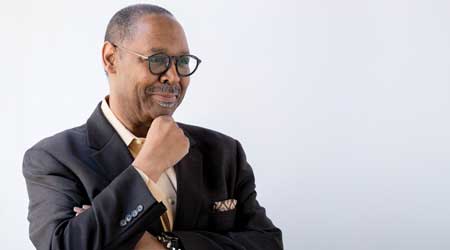Bridging the Facilities Management / IT Divide
While a good working relationship between FM and IT isn't easy, Chris Wade has made a career of establishing a productive and efficient line of communication.
In many organizations, fostering a strong relationship between information technology (IT) and facility management becomes a tricky balancing act. Communication between the two areas often is sparse, leading to misunderstandings. But establishing a productive relationship between the two areas has become critical.
Wade has a unique perspective on the relationship between facility management and IT. His data center positions have been on both the facility side — that is, dealing with the mechanical, electrical, and other systems — and on the IT side, managing the servers, storage, and other computer equipment.
Because a lack of communication typically contributes to the tension between IT and facility management, “you’ve got to get the two together,” Wade says. To be sure, each area has its own priorities. Facility management is focused on power, cooling, and facility operations. The IT department wants to keep the servers up and running and install new systems that will enhance the company’s operations.
The disparate priorities can create conflict. For instance, say an IT group plans to install new servers, but neglects to talk to the facility team. When the two finally connect, IT learns that the data center has no floor space or power available. “It’s not that the facilities team doesn’t want you to do it,” Wade says. “But you can’t do it if you don’t have the space.”
Even if space is available, that doesn’t mean that IT can necessarily put whatever equipment it wants into a data center. Servers today are much smaller than in the past and throw off much more heat. While this allows for smaller data centers, the systems also require more cooling. If the data center doesn't have the cooling capacity to handle the new servers, installing them could lead to hot spots and even failures.
Communication between IT and facility management minimizes problems like that. “Get them together,” Wade says. Remind both sides they’re on the same page, working for the same broad goals. That calm approach defuses the pressure that can sabotage the working relationship between the two groups.
At a previous employer, Wade created a joint team through which projects had to go. “Neither group could point the finger at the other,” he adds. Just as important: “We’d celebrate our successes together,” Wade says. “We’d have a barbeque or go somewhere for lunch. That helps break down the silos.”
Both facility management and IT employees should cross-train and understand their counterparts’ jobs, Wade says. He predicts some merging of the data center technician and data center engineer roles, as data centers become more automated, eliminating some of the traditional jobs of data center employees.
Related Topics:
















